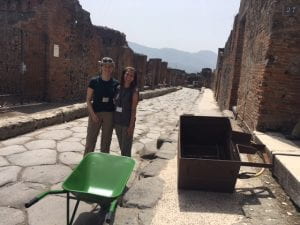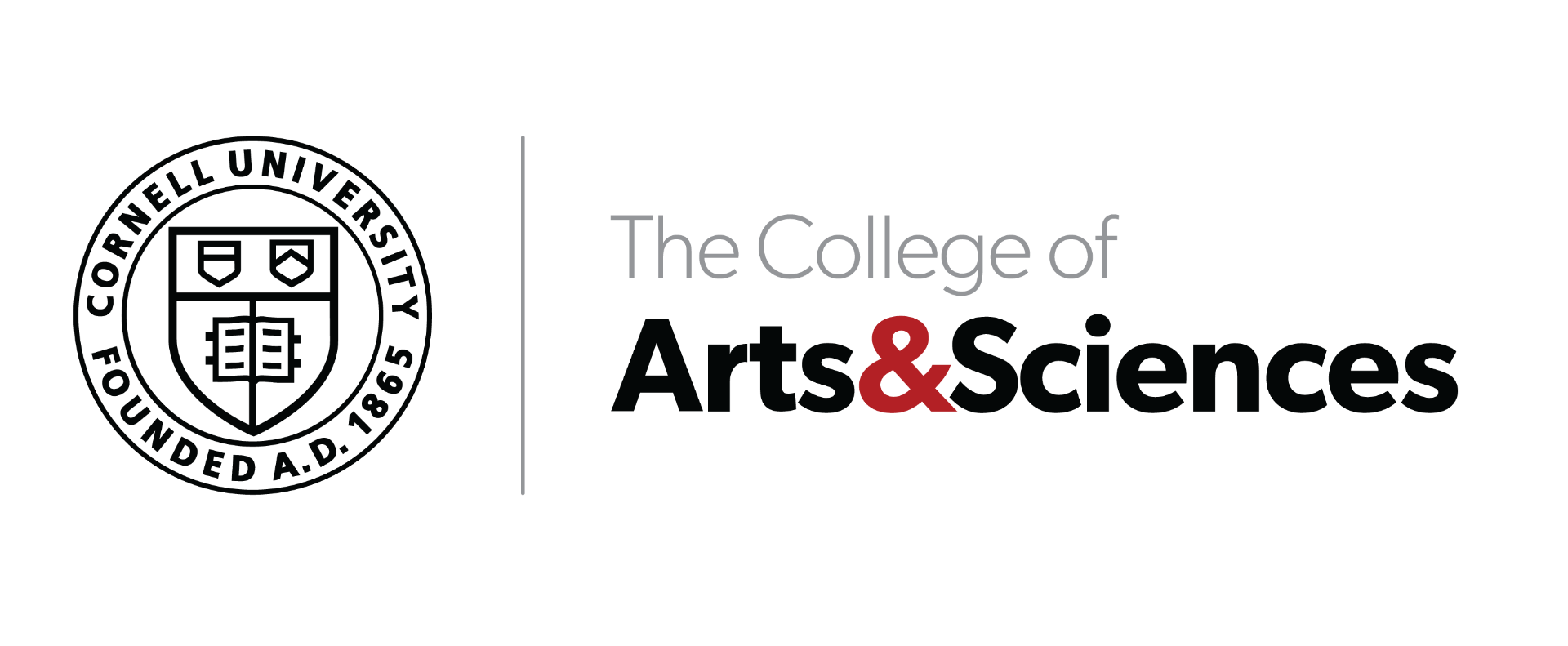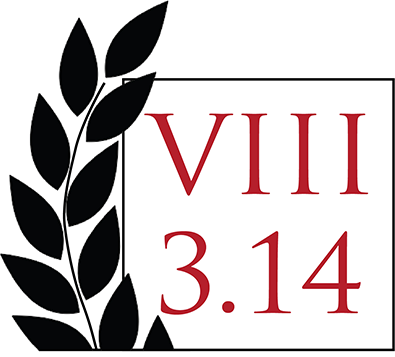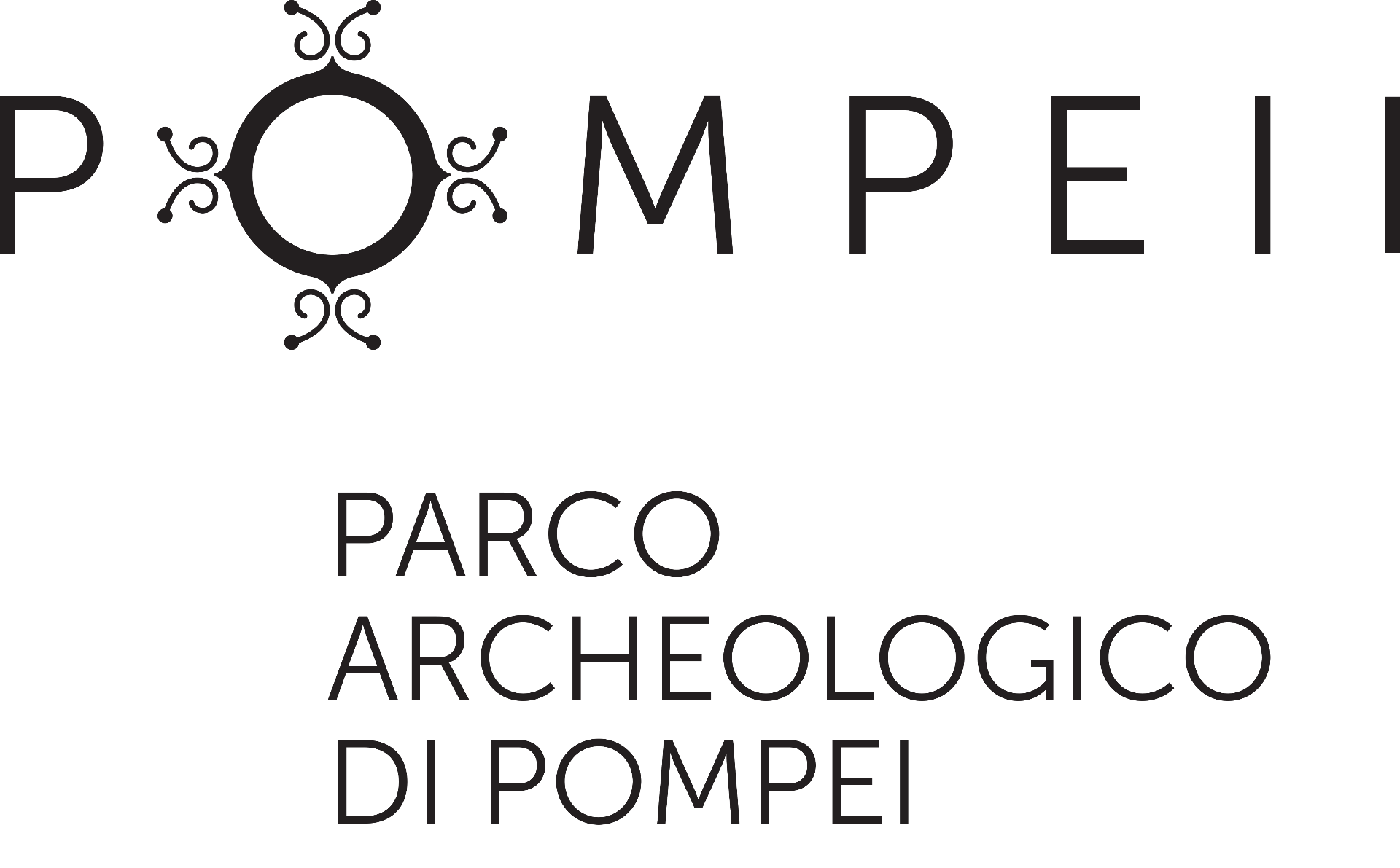In 2021–2022, the Milstein Program in Technology & Humanity enabled two Cornell students, Erika Katsumoto and Susan Garry, to work with the CRC Pompeii Project to develop 3D digital models of ancient Roman vegetation. Erika Katsumoto has written about their work for the project here and here! Subsequently, in 2023, a new group of Milstein students – Joice Chen, Shihan Gao, Yunoo Kim, and Tianran Song – continued work on this project. You can read about their work here!
Author: ceb329@cornell.edu
Professional development support for archaeology students (either CRC team members or prospective members!), by Kaja Tally-Schumacher
Kaja Tally-Schumacher (Cornell PhD 2020; visiting scholar at the Cornell Institute for Archaeology and Material Studies) is the Assistant Project Director for the CRC Project. Here she offers some suggestions for young scholars navigating the process of applying for competitive opportunities – whether grants, fellowships, or positions on excavation projects!
The pandemic has had serious consequences on the development of young scholars, such as reduced professional opportunities/cancelled excavation seasons. To try to counteract the challenges caused by lost excavation/research seasons and lost professional development opportunities, we’ve created some recommendations that may strengthen your professional documents and will hopefully assist you in your future careers and livelihoods (although of course it’s always best to follow recommendations from your own advisors/committee members! 😊).
- Take a look at the attached Action Verb pdf, and while your most recent summer’s fieldwork is still fresh in your mind, identify all the verbs on the pdf that describe something you did this summer. Then jot down phrases/sentences using those verbs to describe your summer accomplishments—this can act as a cheat sheet for future professional/academic documents. You’ll likely be surprised at just how many of these powerful verbs you’ll be able to use to describe your summer accomplishments! Professional Action Verbs
- If applying for fellowships, grants, or various programs, ask if you can submit an extra recommendation letter. This may counter any professional or academic limitations caused by the pandemic.
- The attached CV and Cover Letter guide (produced by the Office of Career Services at Harvard) offers helpful examples of how to structure these types of documents for American institutions. For a CV, it’s especially helpful to arrange the topics in the order most relevant for that position. For example, if applying for a dig, you’d want to put your excavation experience on the first page because the selecting committee will want to find the relevant information quickly. Harvard cover letter guide
- For those applying for the first time for a dig, you may want to include some of the following sections in place of excavation experience:
- Relevant Courses: this will allow your readers to find the info more quickly than scanning through your whole transcript
- Collaborative/Team Experience: possible items to list here could be sports teams, clubs, jobs where you’ve worked with colleagues, even group/team assignments, to name just a few examples
- Languages: these could be ones you’re currently studying or have studied in the past
- Computer Programs: many different types of programs are used to document archaeological work; it’s possible you already have useful and important skills, so it’s a good idea to list all programs you have experience with
- Advice from a grant writing workshop: when drafting proposals for grants/fellowships/job applications, try to “be kind to your reader,” i.e., clarity is often better than artful and complex. A reader might only give each of your documents 30-60 seconds because modern life is complicated and hectic, and they have many professional and personal responsibilities. Your reader may be overworked, or in the middle of moving, or having relationship/family issues. There’s no way to predict what level of stress your reader might be under, so it’s good practice to make it easy for them to find the important points about you in your documents.
- Sharing documents with peers can be incredibly helpful, both with colleagues at your home institutions and with excavation colleagues. It might be especially helpful to create a peer reader group with your dig colleagues from CRC or other digs, as they’re less likely to be familiar with your professional documents and can bring fresher eyes. Importantly, because we’re each shaped by our home institutions, a reader from a different program/university may see different strengths and potential areas of improvement than someone from your own program.
- For those applying for the first time for a dig, you may want to include some of the following sections in place of excavation experience:
Archaeobotany in the field: recovering ancient plant remains, by Jessie Feito
Jessie Feito, Flotation Supervisor for the CRC Project, is a PhD student in the Department of Classics at the University of Reading. Here she explains how archaeologists use flotation to recover ancient plant remains.
(Originally posted on Classics at Reading, and reposted with permission.)
In June of 2019, I was fortunate to participate in the Casa della Regina Carolina Excavation Project at Pompeii, a joint enterprise between Cornell University and the University of Reading. The project aims to combine the results obtained from modern technological techniques and excavation practices with data from much earlier excavations in order to investigate domestic material culture and historical change.
Modern excavations of the elite residence, now referred to as the Casa della Regina Carolina (VIII.3.14), began with a small team in the summer of 2018, and were greatly expanded in 2019. The 2019 season focused on trenches in the garden area, and, rather than excavation, I was primarily involved in the archaeobotany.
Archaeobotany refers the study of plant remains preserved in the archaeological record, often by processes including carbonisatioin, mineralisation, or, more commonly in wetter environs, waterlogging. In studying plant remains, archaeobotanists are able to shed light on many aspects of ancient life, including (but not limited to) diet, agricultural practices, past environments and environmental change.
In order to obtain seeds, or ‘macroremains,’ archaeobotanists employ a technique called flotation. During flotation, a soil sample is submerged in water and gently agitated. This allows the plant remains, which are less dense, to float to the surface, while the heavier material such as rocks and pottery, sink to the bottom. The floating material- or ‘light fraction’- is skimmed off the top and dried, so that it can later be examined under a microscope. The heavier material is often sorted on site.
The samples from the 2019 season have the potential to provide insight into the landscape of the ancient garden, as well as into any activities that may have taken place in such a setting. Previous archaeobotanical work in gardens at Pompeii has yielded carbonised plant remains that have been interpreted as representing the burning of plants as ritual offerings and sacrifices (see Robinson 2002). It will be interesting to see what the results of the archaeobotanical analysis are able to say about the landscape of the garden of the Casa della Regina Carolina, as well as about the uses of the space and how these compare with other garden contexts.
The following photos give a sense of the meticulous procedures involved in archaeobotanical work; they were all taken by Danielle Vander Horst, MA student at Cornell.









